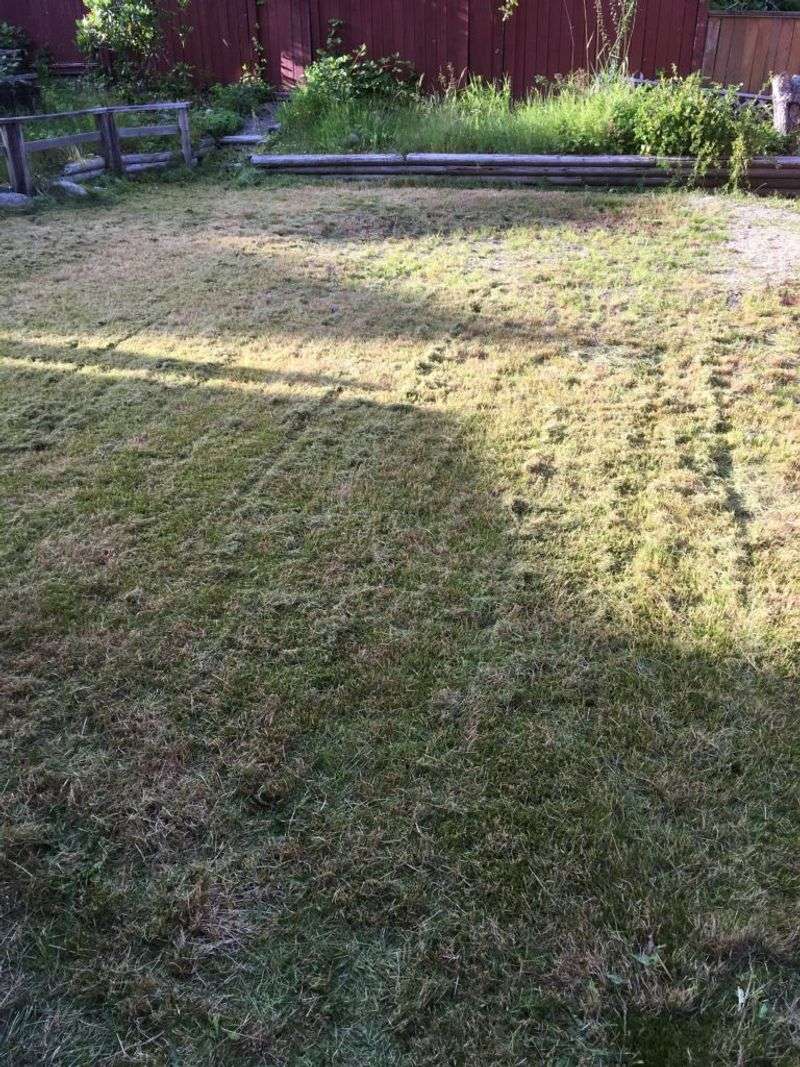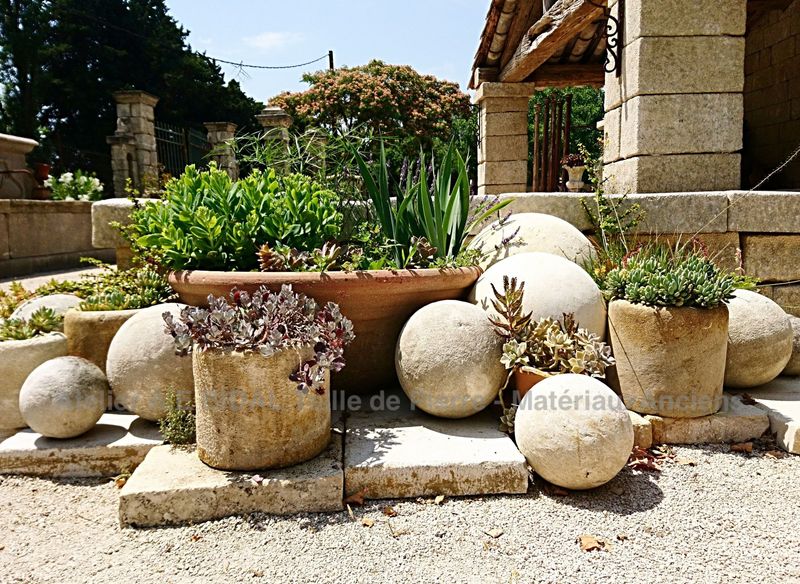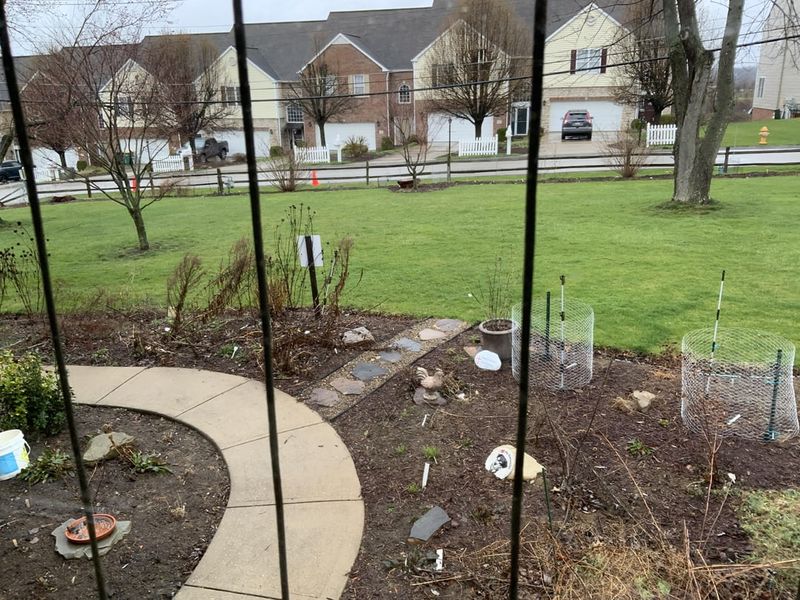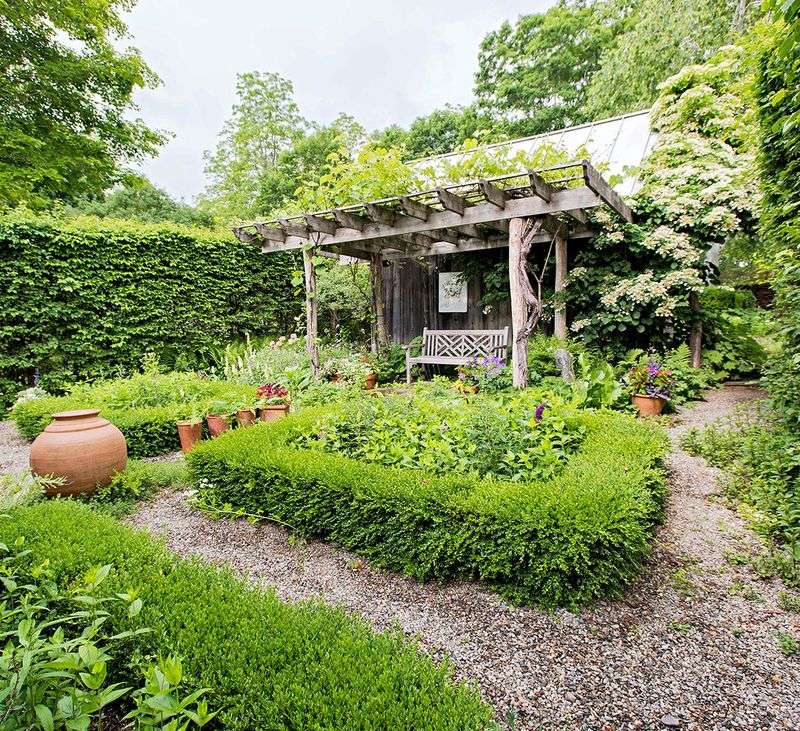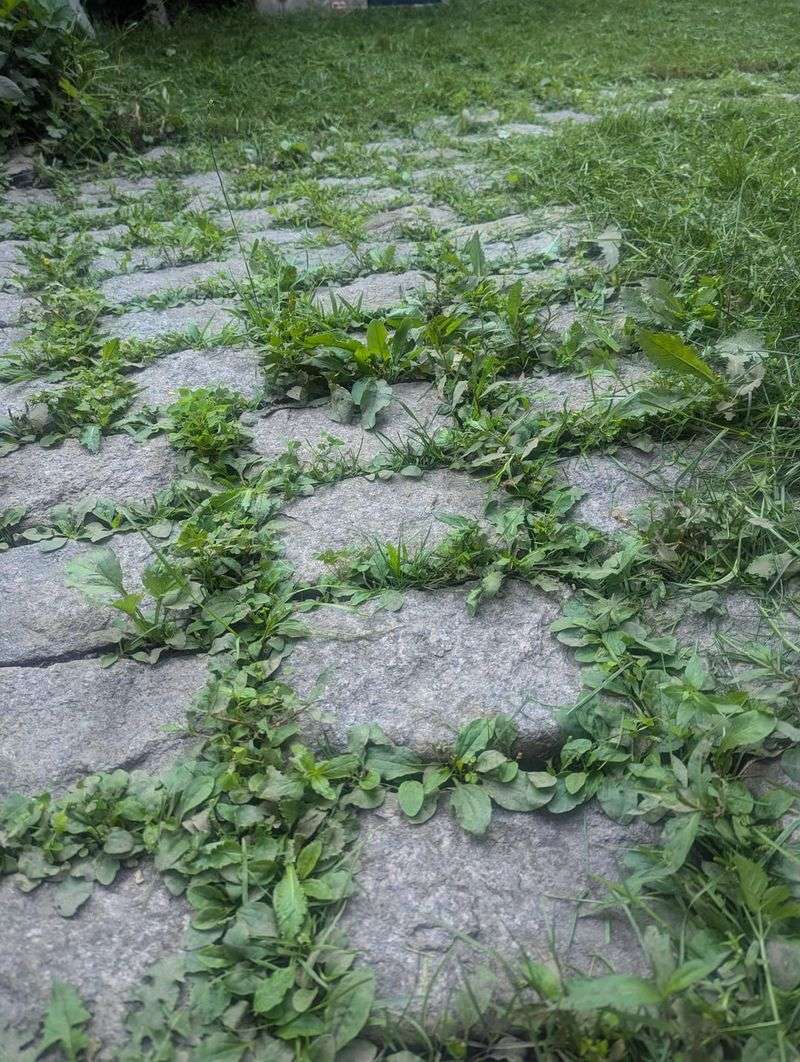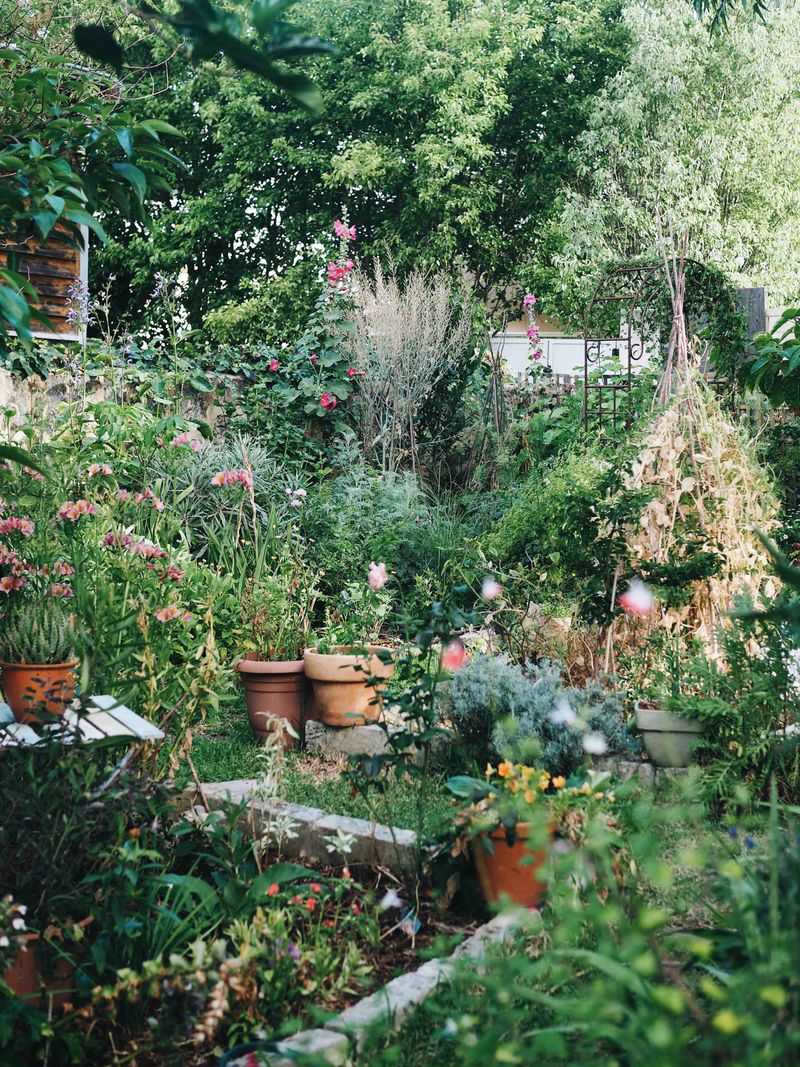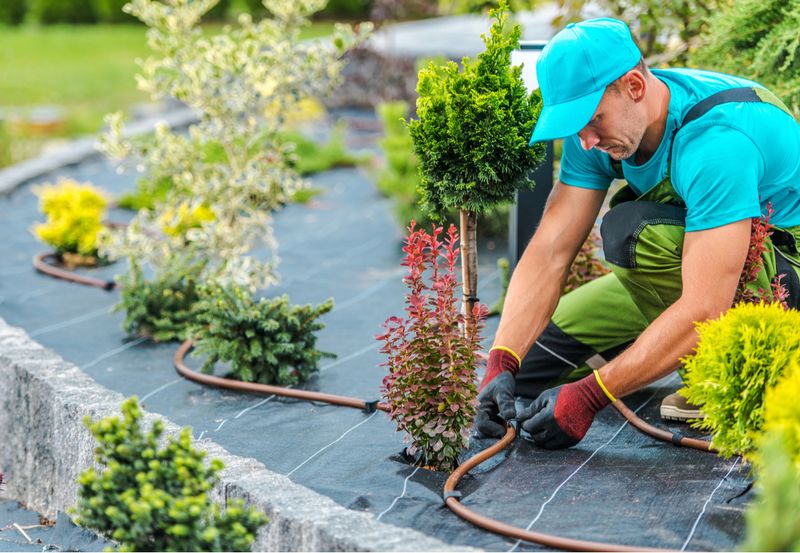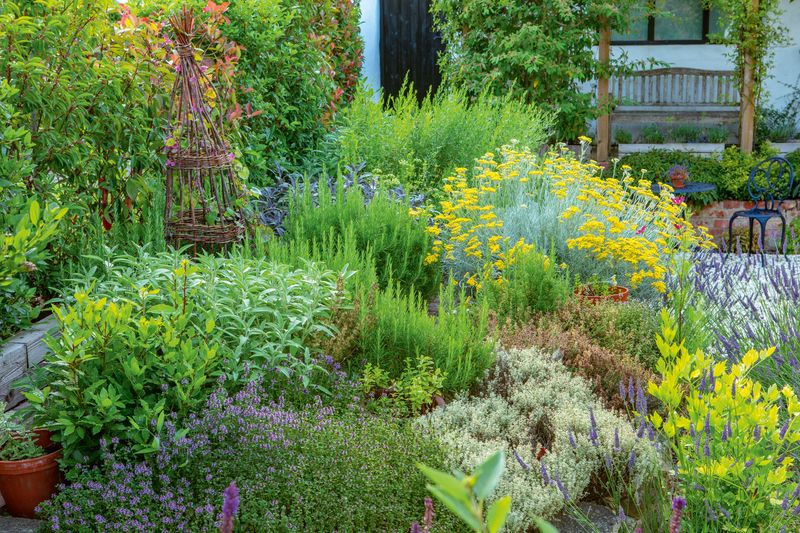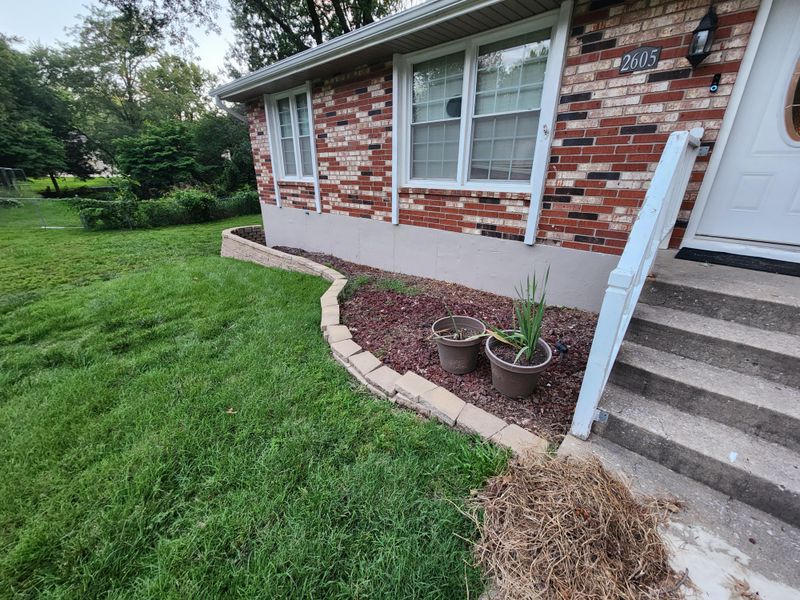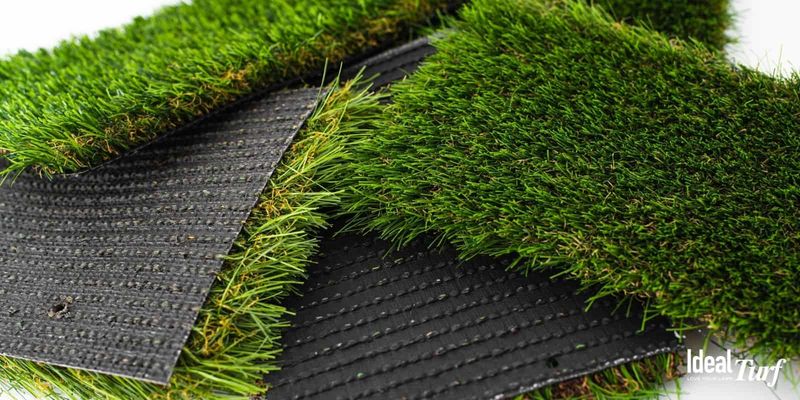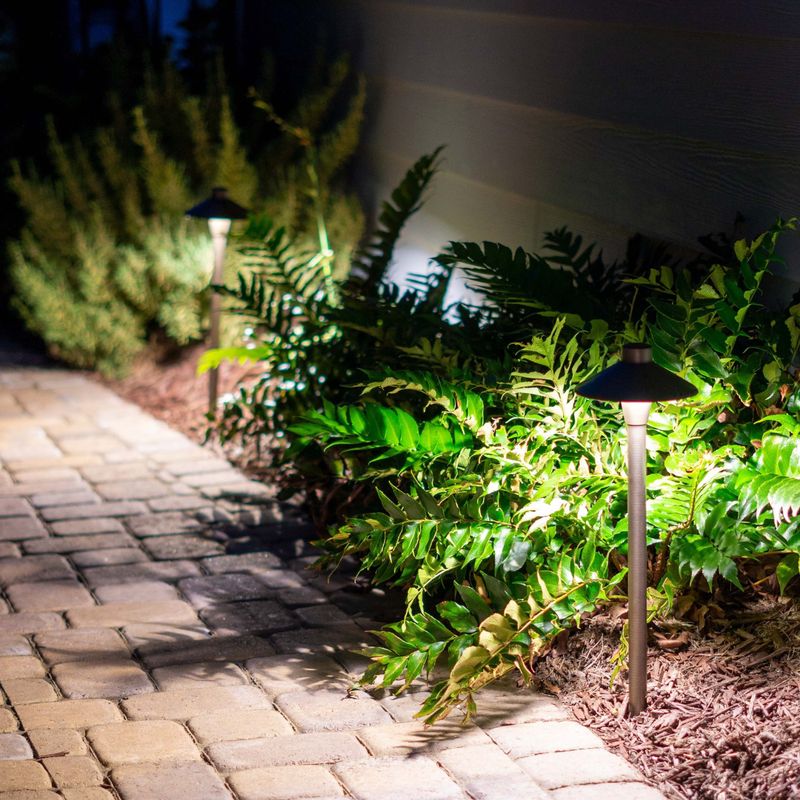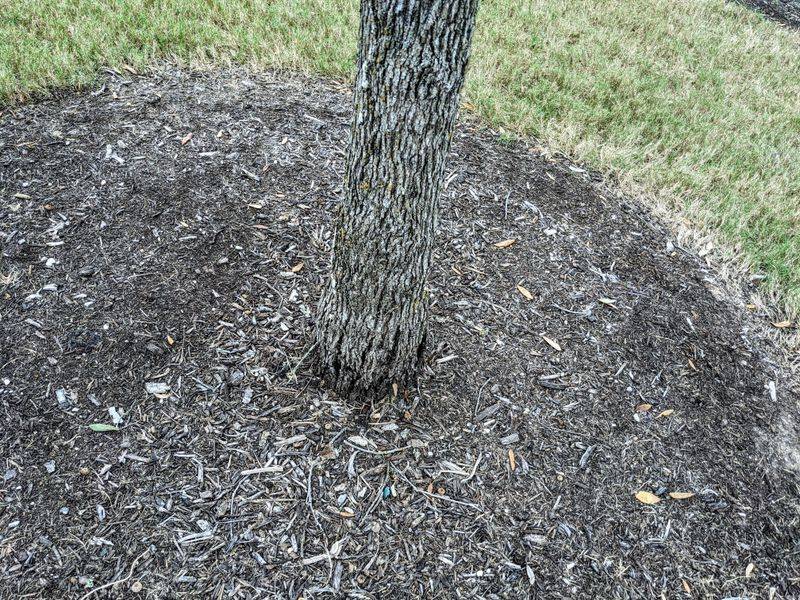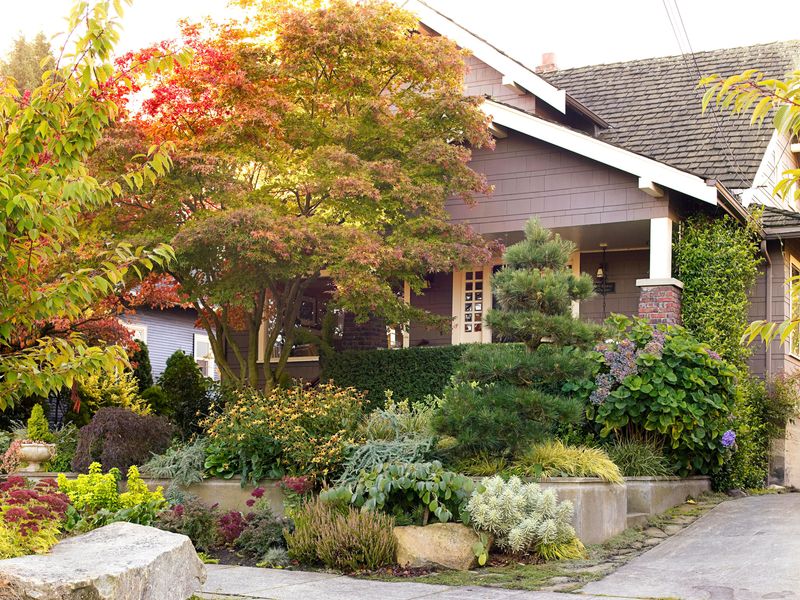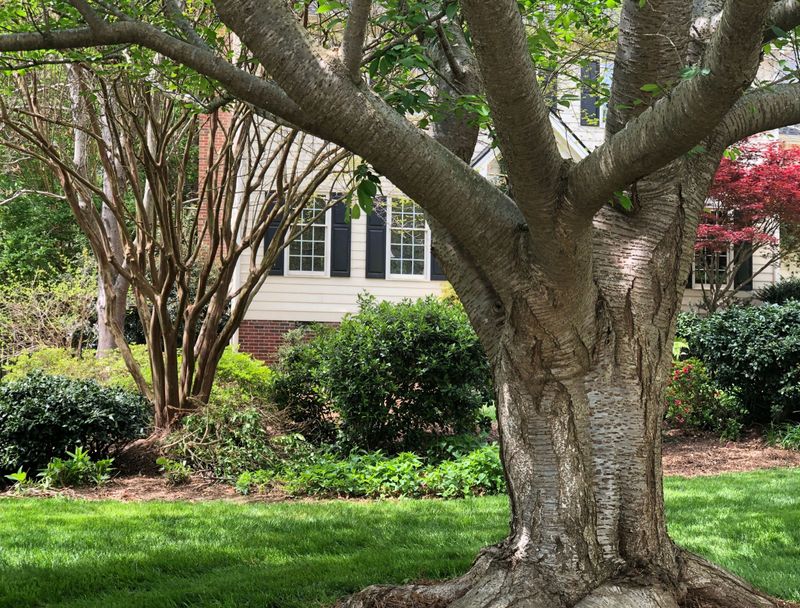Landscaping can significantly enhance the curb appeal of your home, but even small mistakes can make your property look uninviting or cheap.
Designers emphasize the importance of thoughtful planning and maintenance to achieve a harmonious and attractive outdoor space.
In this article, we explore 15 common landscaping errors that can detract from your home’s appearance and provide tips on how to avoid them.
1. Neglecting Lawn Care
A well-maintained lawn is crucial for curb appeal. Unfortunately, neglecting regular lawn care can lead to overgrown grass, brown patches, and weeds. These issues can make your property look unkempt and cheap.
Ensuring your lawn receives regular mowing, watering, and fertilizing can prevent these problems. Consider hiring a professional service if the task seems overwhelming, especially during peak growth seasons.
Additionally, implementing a regular weed control plan can keep your lawn looking pristine. Remember, a healthy lawn is the foundation of a beautiful landscape, making your home inviting and well-cared for.
2. Overusing Decorative Elements
While decorative elements can add character to your yard, overusing them can create visual chaos. This clutter detracts from the natural beauty of your landscape, giving it a crowded and cheap appearance.
Choose a few statement pieces to highlight key areas instead of scattering too many items throughout. Balance is key; less is often more when it comes to garden decor.
Evaluate each piece’s impact on the overall aesthetic, ensuring it complements rather than detracts. Simplifying your decorations can enhance your landscape’s elegance, making it appear more thoughtfully curated and sophisticated.
3. Ignoring Soil Quality
Healthy soil is the cornerstone of successful landscaping. Ignoring soil quality can lead to lackluster plant growth and a neglected appearance.
Conduct a soil test to determine nutrient levels and pH balance, which can guide your fertilization and amendment choices. Adding compost or organic matter can greatly enhance soil quality, improving plant health and vibrancy.
Remember, thriving plants are a testament to good soil management. Investing time and resources into nurturing your soil can transform your landscape, making it look lush and well-tended, adding significant value to your home’s exterior.
4. Choosing Inappropriate Plants
Selecting plants that aren’t suited to your climate or soil can lead to a garden that looks out of place or unhealthy. Research native plants or those that thrive in your region’s conditions to ensure long-lasting beauty.
Inappropriate plant choices often result in high maintenance requirements, as they struggle to adapt. Consult local gardening experts or nurseries for recommendations that suit your environment.
Proper plant selection not only enhances your landscape’s aesthetic but also reduces maintenance burdens. By choosing wisely, you’ll create a cohesive and resilient garden that complements your home effortlessly.
5. Poorly Designed Walkways
Walkways should guide visitors through your garden smoothly and safely. Poorly designed paths can become an eyesore, detracting from your landscape’s appeal.
Uneven, cracked, or weed-infested walkways reflect neglect and can diminish your home’s value. Regular maintenance and thoughtful design are essential. Opt for durable materials that complement your overall design.
Regularly check for cracks or weeds, addressing issues promptly. A well-maintained walkway enhances the flow of your garden while adding to its aesthetic appeal. With proper care and design, your walkways can become a charming feature of your landscape.
6. Neglecting Seasonal Planting
Seasonal planting ensures your garden looks attractive year-round. Neglecting this aspect can leave your landscape looking barren and uninviting during off-peak seasons. Plan for a variety of plants that bloom at different times.
Incorporating evergreens or winter flowers can provide color and interest even in colder months. Consult with local experts to find the best seasonal plants for your area.
By rotating blooms and textures throughout the year, you can maintain a vibrant and engaging garden, preventing it from looking drab and neglected. Seasonally conscious planting ensures lasting curb appeal.
7. Overlooking Irrigation Needs
Effective irrigation is key to a thriving garden. Overlooking irrigation needs can result in dry, wilted plants, creating an impression of neglect. Installing an efficient watering system, such as drip irrigation or timed sprinklers, can ensure consistent hydration.
Regularly inspect your system for leaks or clogs, and adjust it to suit seasonal changes. Consider the specific needs of each plant type, as overwatering can be just as damaging as under-watering.
Proper irrigation planning not only saves water but also maintains plant health, making your landscape look lush and cared for year-round.
8. Improper Plant Spacing
Proper plant spacing is crucial for healthy growth and aesthetic appeal. Overcrowded plants compete for sunlight and nutrients, leading to stunted growth and a chaotic appearance.
Before planting, research the mature size of each species and plan your garden layout accordingly. Allowing sufficient space for growth ensures plants thrive and display their natural beauty.
Thinning overcrowded areas can enhance air circulation and reduce disease risk. Thoughtful spacing not only improves plant health but also contributes to an organized and visually pleasing landscape. This simple strategy enhances the overall harmony of your garden.
9. Neglecting Edging
Edging provides a clean line between different areas of your landscape, such as flower beds and lawns. Neglecting this aspect can make your garden look unfinished and untidy.
Defined edges prevent grass from encroaching into flower beds, maintaining a polished look. Use materials like stone, metal, or wood to create distinct boundaries. Regularly maintaining these edges enhances curb appeal and demonstrates attention to detail.
A well-edged garden looks professional and cared for, adding to the overall elegance of your home. Proper edging is a small effort that yields significant visual rewards.
10. Ignoring Mulching
Mulching is essential for maintaining soil moisture and suppressing weeds. Ignoring mulching can result in dry soil and sparse plant growth. Applying a layer of mulch around plants helps retain moisture, regulate temperature, and improve soil quality.
It also enhances the aesthetic appeal by providing a uniform appearance. Choose organic mulch like wood chips or bark to enrich the soil as it decomposes. Regularly replenish mulch to sustain its benefits.
Proper mulching practices contribute to a healthy, vibrant garden, demonstrating care and attention. This simple addition can transform your landscape’s look and health.
11. Using Artificial Turf Excessively
While artificial turf offers low maintenance, excessive use can make your yard look synthetic and lifeless. Balancing artificial elements with natural plantings creates a more inviting space.
Incorporate real plants, shrubs, or trees to soften the artificiality and add texture. Consider artificial turf in areas where natural grass struggles, but avoid over-reliance.
Blending natural and synthetic elements thoughtfully can enhance your landscape’s beauty and sustainability. An overly synthetic appearance can detract from your home’s charm.
By integrating both elements, you create a dynamic and welcoming outdoor environment that looks anything but cheap.
12. Forgetting About Lighting
Garden lighting extends the usability and beauty of your outdoor space into the evening. Forgetting about lighting can leave your garden looking dull and uninviting after dark.
Install a variety of lighting sources, such as solar lights, spotlights, and path lights, to highlight key features and ensure safety. Focus on illuminating paths, entryways, and focal points.
Adjustable lighting allows for mood setting and enhances the overall ambiance. Thoughtful lighting design not only improves functionality but also showcases your landscape’s best features, creating an enchanting nighttime environment that enhances curb appeal.
13. Failing to Consider Maintenance
Considering maintenance during the design phase is crucial to prevent your garden from becoming overgrown and unmanageable. Failing to account for maintenance can result in a landscape that looks neglected and chaotic.
Choose low-maintenance plants if regular upkeep is challenging. Design with accessibility in mind, allowing easy access for pruning and cleaning. Regular maintenance ensures plants remain healthy and visually appealing.
A well-maintained garden reflects positively on your home, indicating pride of ownership. Planning for maintenance from the start helps sustain your landscape’s beauty and prevents it from detracting from your property’s value.
14. Underestimating Hardscape Elements
Hardscaping includes elements like patios, walls, and driveways, which provide structure and functionality to your garden. Underestimating these features can lead to poor construction and an amateurish look.
Proper planning and quality materials are essential for creating durable and aesthetically pleasing hardscapes. Consult with professionals to ensure these features are well-integrated and complement your landscape design.
Regular maintenance, such as cleaning and repairs, preserves their appearance and functionality. Investing in quality hardscape elements enhances your outdoor space, adding value and sophistication to your home, reflecting a well-thought-out landscape strategy.
15. Ignoring Privacy Needs
Privacy is a key aspect of a comfortable and inviting outdoor space. Ignoring this need can leave your yard feeling exposed and unwelcoming. Incorporate elements like fences, hedges, or trees to create a private sanctuary.
Choose materials and plants that blend with your overall design. Privacy features not only enhance security but also contribute to a sense of tranquility. Well-planned privacy solutions reflect thoughtfulness in design and add to your landscape’s appeal.
By addressing privacy, you create a more intimate and enjoyable outdoor environment that feels both safe and serene.

